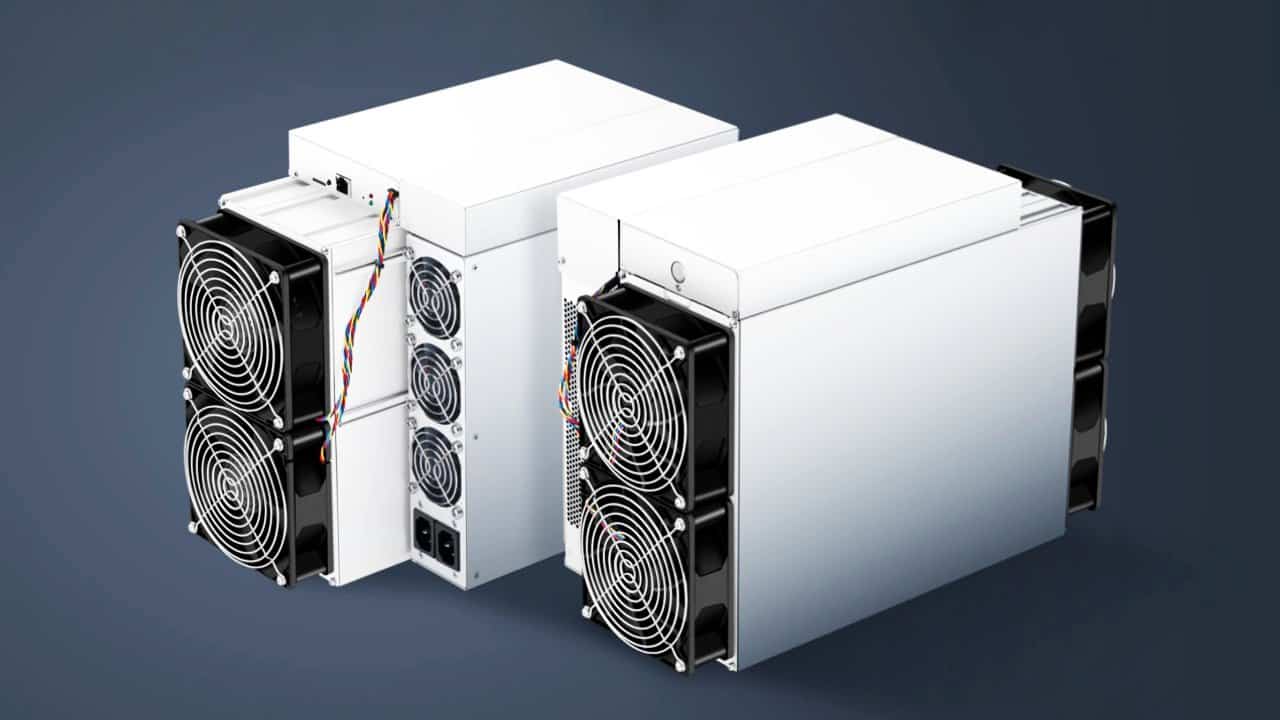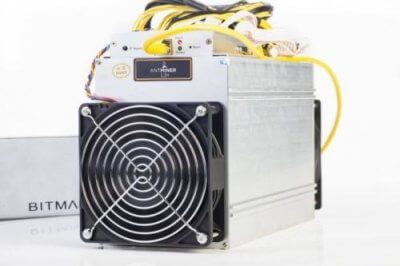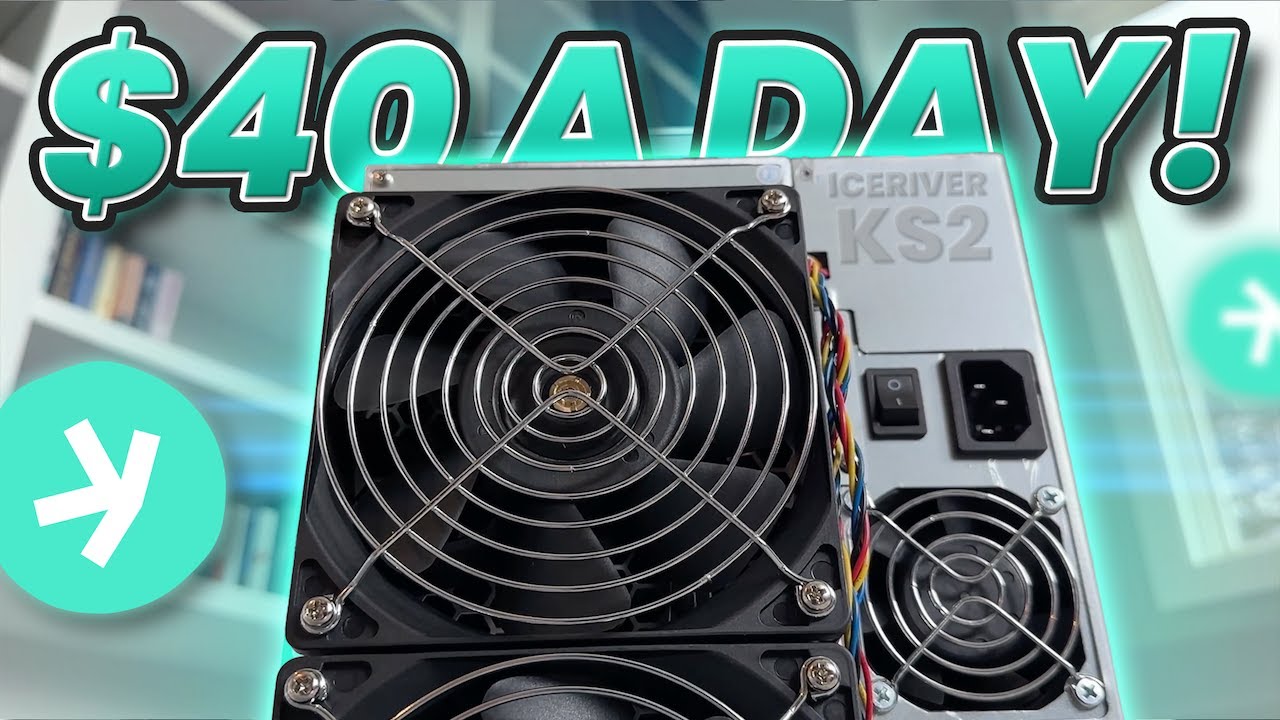We compare and measure various performance metrics for Antminer S19 pro vs Whatsminer M30s++, which are two of the latest and most energy-efficient Bitcoin mining products.
The chassis and power supply for the S19 pro miner are integrated into the design. Its dimensions in bare metal are 370×195.5x290mm. Its mass is 13.2KG, and it can be positioned either horizontally or vertically depending on the mine shelf’s height.
The Whatsminer M30S’s body is made entirely of metal materials, with the exception of the fan module, to ensure its capacity to dissipate heat.
Although the more expensive 7nm Bitmain product is undoubtedly more powerful, the output of the miners is fairly comparable. The Whatsminer appears to have greater stability, but our data over a brief three-day period reveals that the Bitmain miner performs slightly better than it does. Learn more about the distinctions between the Antminer S19 pro and the Whatsminer M30s++ by reading on.
Overview
Following on from our June 2020 piece, the “Battle For ASIC Supremacy”, in this report we dive into the details of the flagship products from two of the leading competitors in the ASIC manufacturing industry. Both the Whatsminer M30S+ from MicroBT and the Antminer S19 Pro from Bitmain have list prices of US$1,580 and US$2,407, respectively. In the research for this report, we tested the two products, running each miner for three days, and collecting data on a variety of performance indicators, including hashrate, power consumption, temperature, sound level, and even air flow rate from the main outlet.
A more effective model, the Whatsminer M30S++, has since been released, so it should be noted that the Whatsminer M30S+ is not MicroBT’s most cutting-edge offering.
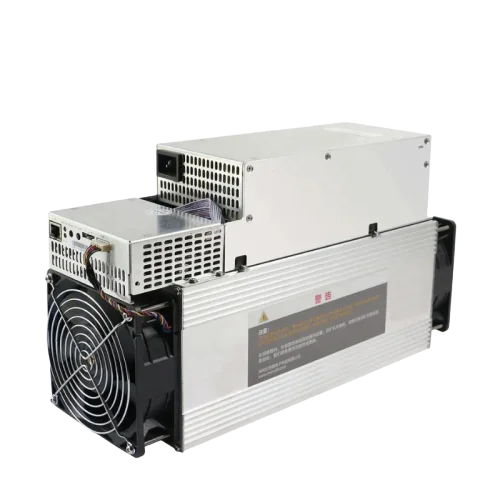
Hashrate
The Whatsminer M30S++ is said to be able to produce 100 TH/s of hashrate, whereas Bitmain’s S19 Pro is said to produce 110 TH/s. Over 100 trillion attempts to find the block hash of Bitcoin are made every second, which is an astounding number of hash attempts for one machine. Both miners were successful in achieving a hashrate that was close to their individual target levels during the time period, as shown in Figure 1 below.
The Whatsminer M30S++ and Bitmain’s S19 Pro both outperformed their advertised hashrates after updating to the most recent firmware, with the Whatsminer M30S+ averaging 103.8 TH/s and the S19 Pro registering 110.7 TH/s on average. The Whatsminer achieved a hashrate that was more stable and varied much less than the Bitmain product during the time period, as shown by the chart. This stability is one of the main arguments in favor of MicroBT, in our opinion.
Different testing environments may also be a factor in hashrate variations. The results may have been impacted by the fact that the temperature in our case was moderately warm.
Sound
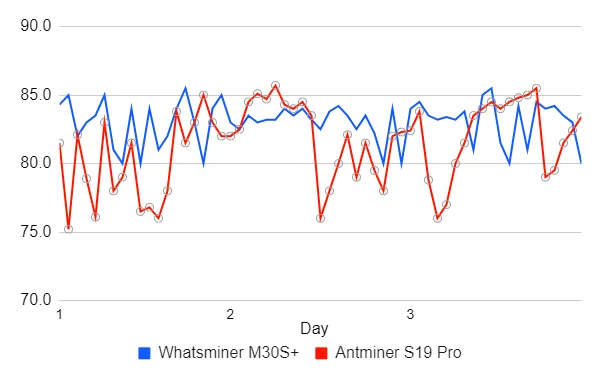
By positioning a sound meter 15 cm away from each machine, perpendicular to the main air flow, we were also able to measure the amount of noise each one produced. When compared to the Antminer, which produced an average sound of 81.4 dB, the Whatsminer was the loudest machine. The Antminer sound varied nearly four times as much as the Whatsminer, as shown in Figure 9 below, while the Whatsminer was significantly more stable. Similar to the hashrate, where the Whatsminer is more stable while the Antiminer performs marginally better, this story is fairly similar. It will be interesting to see if this indicates that the Whatsminer will ultimately prove to be more durable.
Air Speed
We measured the air flow speed, which is unavoidably the least helpful metric in this report. The Antminer produced an average speed of 5.2 m/s, compared to the Whatsminer’s 3.0 m/s, based on an average of ten readings taken one hour apart.
Temperature
The average temperature of the miners is one of the biggest distinctions between the devices, favoring Bitmain. A 15-cm-distance electronic thermometer was placed directly in the air stream and used to measure the temperature every hour. An average of 10.5°C colder than the Whatsminer, the Antminer was 45.9°C in temperature. This significant discrepancy, in the Antminer’s favor, is what we consider to be. The Antminer’s superior cooling, which uses more fans and produces a faster air flow speed, or its lower power consumption could be the cause of this. The Whatsminer device itself was much hotter during the time period in addition to the air flow temperature being significantly higher than the Antminer.
Start-up Time
The boot time is a significant area where we discovered the Antminer to be superior. Based on an average of five tries, the Antminer reached its target hashrate in about four minutes, whereas the Whatsminer took an average of about 27 minutes to start up. But the Whatsminer’s safety feature might be to blame for this.
Conclusion on Antminer S19 Pro Vs Whatsminer M30s++
The Antminer S19 Pro achieves 29.7 J/TH, which is considerably less than the Whatsminer’s 34.4 J/TH. This is the first thing to note about the machine’s superior energy efficiency. The MicroBT Whatsminer M30S++, a more recent product from MicroBT with a reported efficiency of 31.0 J/TH, is currently on the market and available for purchase. This is still inferior to Bitmain, but it comes pretty close, especially since Bitmain uses a chip with higher performance (7nm TSMC), whereas MicroBT uses a chip with lower performance (8nm Samsung). It should be noted that the Bitmain products are sold out on the Bitmain website, whereas the MicroBT products are significantly less expensive and crucially, readily available.
In our opinion, Bitmain continues to have a slight advantage when comparing the relative strengths of the companies and their order outlook. driven primarily by the strong reputation and brand recognition of Bitmain.
While Bitmain’s supply chain issues frequently cause them great annoyance, many of the mining farm operators we spoke with were eager to stick with Bitmain and weren’t even aware of MicroBT. Additionally, it is very challenging to convince a mining farm owner to change, as sticking with one manufacturer increases operational effectiveness and lowers maintenance costs.
Overall, both machines are impressive, and we believe the two businesses will be in a close race over the coming few years.


